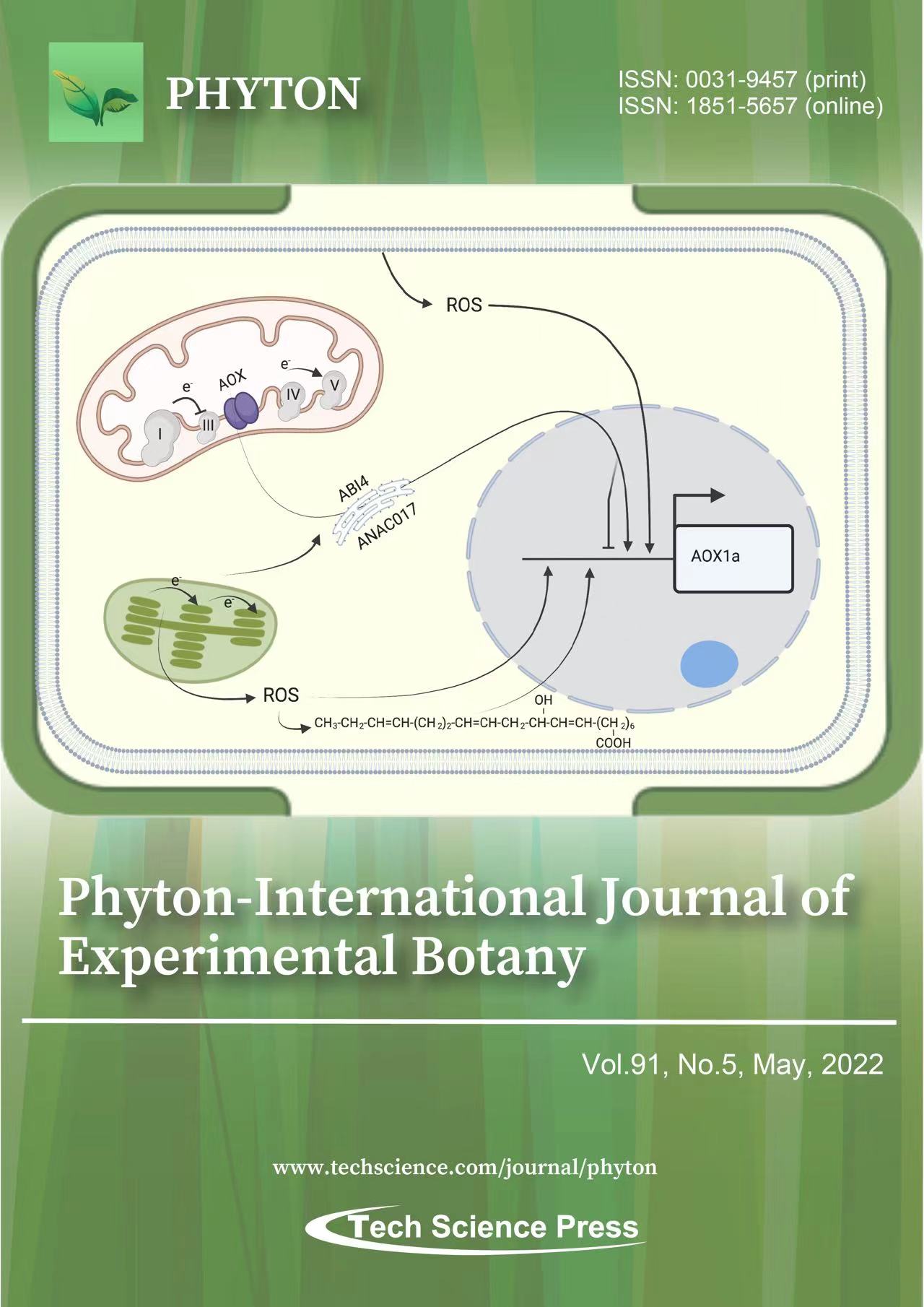Recent Developments to Mitigate Selenium Deficiency in Agricultural Eco-Systems
Misbah Naz1, Rubab Shabbir2,17, Krishan K. Verma3, Anshu Rastogi4, Vishnu D. Rajput5, Talha Javed2,6, Muhammad Ammar Raza7, Kainat Asif8, Muhammad Aamir Iqbal9, Muhammad Imran10, Mohammad Sohidul Islam11, Khalid Rehman Hakeem12,13,*, Mehmet Firat Baran14, Ayman EL Sabagh15,16,*
Phyton-International Journal of Experimental Botany, Vol.91, No.5, pp. 915-927, 2022, DOI:10.32604/phyton.2022.018688
- 24 January 2022
Abstract
Under changing climate, trace elements like selenium (Se) have emerged as vital constituent of agro-ecosystems enabling crop plants to off-set the adverse effects of suboptimal growth conditions. The available form of selenium is important for boosting its bioavailability to crop plants having varied agro-botanical traits and root architectural systems. As compared to selenite, the selenate has a weaker soil bonding, higher absorption in the soil solution which results in a comparatively absorption by plant roots. Various factors including dry climate, high pH, optimal ambient air temperature, less accumulation of water, and low concentration of organic
…
More >
